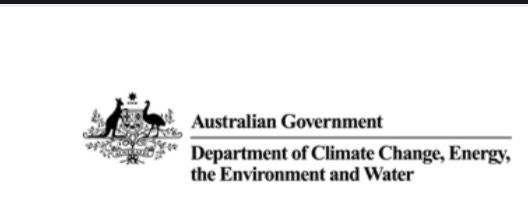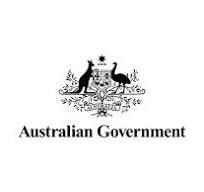
DCCEW 4/6/2025
- agentorangechild
- Jun 4
- 3 min read
Updated: Jun 5
“Published for accountability. This was addressed to me and relates to matters before the International Criminal Court. Public interest overrides attempted confidentiality.”
Dear Ms Stevens
Thank you for your email to the former Minister for the Environment and Water, the Hon Tanya
Plibersek MP, regarding the Stockholm Convention on Persistent Organic Pollutants (the
Stockholm Convention). The new Minister for the Environment and Water,
Senator the Hon Murray Watt, has asked me to reply on his behalf.
Australia became a party to the Stockholm Convention in 2004, and the Department of Climate
Change, Energy, the Environment and Water (DCCEEW) leads the Australian Government’s
involvement in the Stockholm Convention. Australia has ratified the initial 12 persistent organic
pollutants (POPs) under the Stockholm Convention, including the class of chemicals known as
polychlorinated dibenzo-p-dioxins, commonly referred to as ‘dioxins’. This includes the
compound 2,3,7,8-Tetrachlorodibenzo-p-dioxin (TCDD).
The Stockholm Convention requires Australia, and other countries, to take measures to
eliminate or reduce environmental releases of ratified POPs and sets out obligations on Parties
with the aim of protecting human health and the environment from POPs. Australia meets its
obligations by establishing controls over the import, export, manufacture, use and disposal of
POPs, and by providing plans and reports on how Australia is meeting the aim of the Convention.
Specifically for Articles 5 and 10, Australia meets its obligations in several ways. Article 5
requires Australia to develop an action plan to identify, characterise and address the release of
ratified POPs. The Australian Government developed a National Implementation Plan 2024,
which includes dioxins, and is available on the Stockholm Convention website at pops.int
(under ‘Addressing COP9 Amendments’ tab). The Australian Government also developed the
National Dioxins Program as the national plan of action for dioxins in accordance with Article 5.
A copy of this plan is available at the Environment Protection and Heritage Council archive
archive-chemicals).
Article 10 requires Australia to facilitate and promote information sharing, training, and public
awareness and engagement activities. As part of the National Dioxins Program, the Australian
Government commissioned a set of technical reports including human biomonitoring, which are
available along with other relevant documents on the DCCEEW website at dcceew.gov.au. Dioxin
emissions data are also collected and made available under the National Pollutants Inventory
program, which can be viewed at dcceew.gov.au/environment/protection/npi.
The Stockholm Convention does not include obligations for providing medical information or
medical support for exposure to ratified POPs and DCCEEW does not have access to medical
records. We have consulted with the Department of Health and Aged Care on access to medical
records and we understand they will respond to you separately on this matter.
John Gorton Building - King Edward Terrace, Parkes ACT 2600 Australia
GPO Box 3090 Canberra ACT 2601 ABN: 63 573 932 849
1As your enquiry appears to relate to second-generation exposure to the dioxin ‘Agent Orange’
,
we encourage you to contact the Department of Veterans’ Affairs (DVA). For general support and
guidance including information available to families, you can contact DVA’s general enquiries
team at GeneralEnquiries@dva.gov.au or on 1800 838 372. You may also wish to explore the
range of family support services offered by DVA, including those specifically for children of
Vietnam veterans, which you can find at dva.gov.au/get-support/families/support-children-
vietnam-veterans.
Thank you again for bringing your concerns to the government’s attention.
Yours sincerely
Branch Head
Chemicals and Atmosphere
Department of Climate Change, Energy, the Environment and Water



Comments